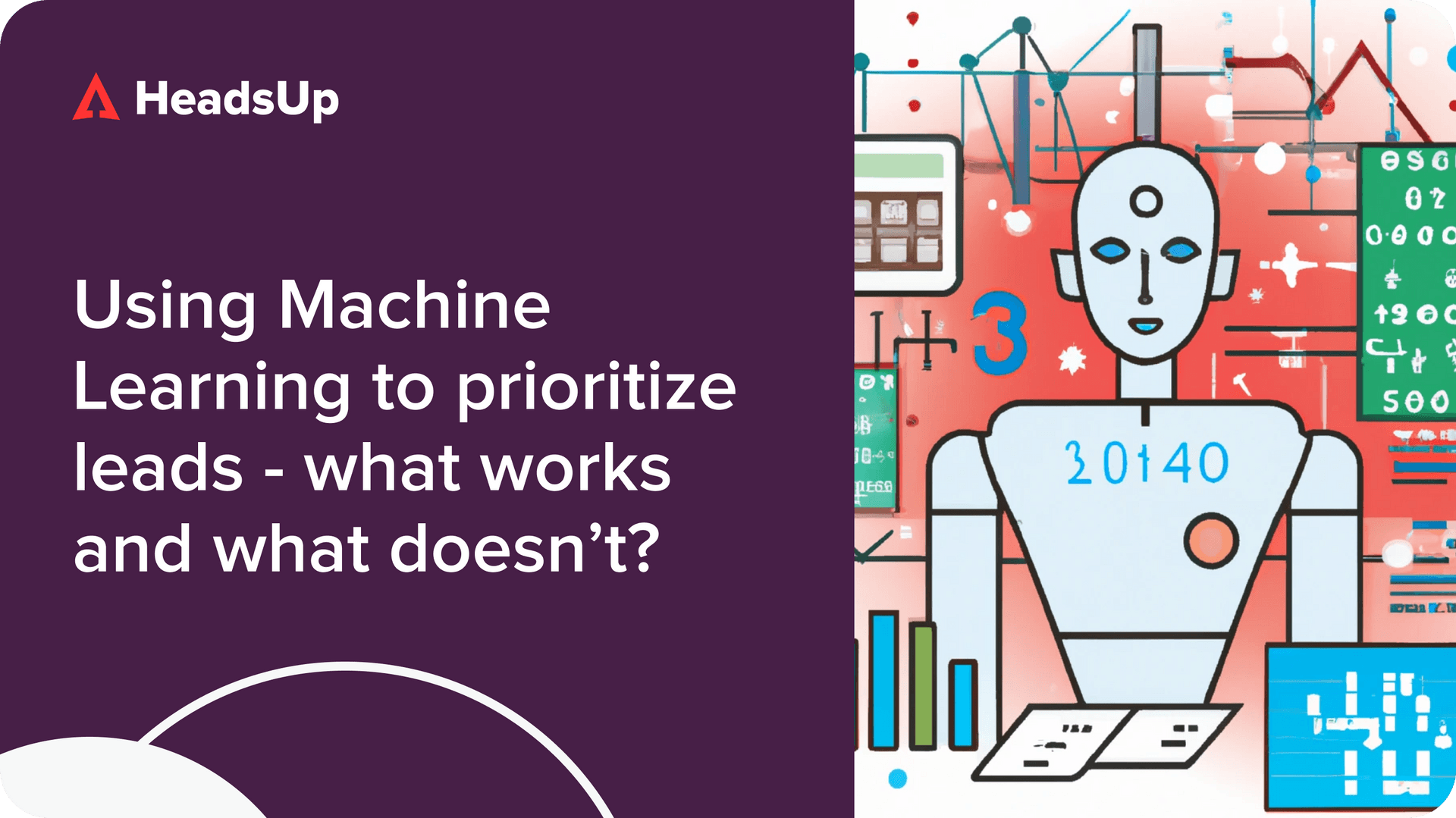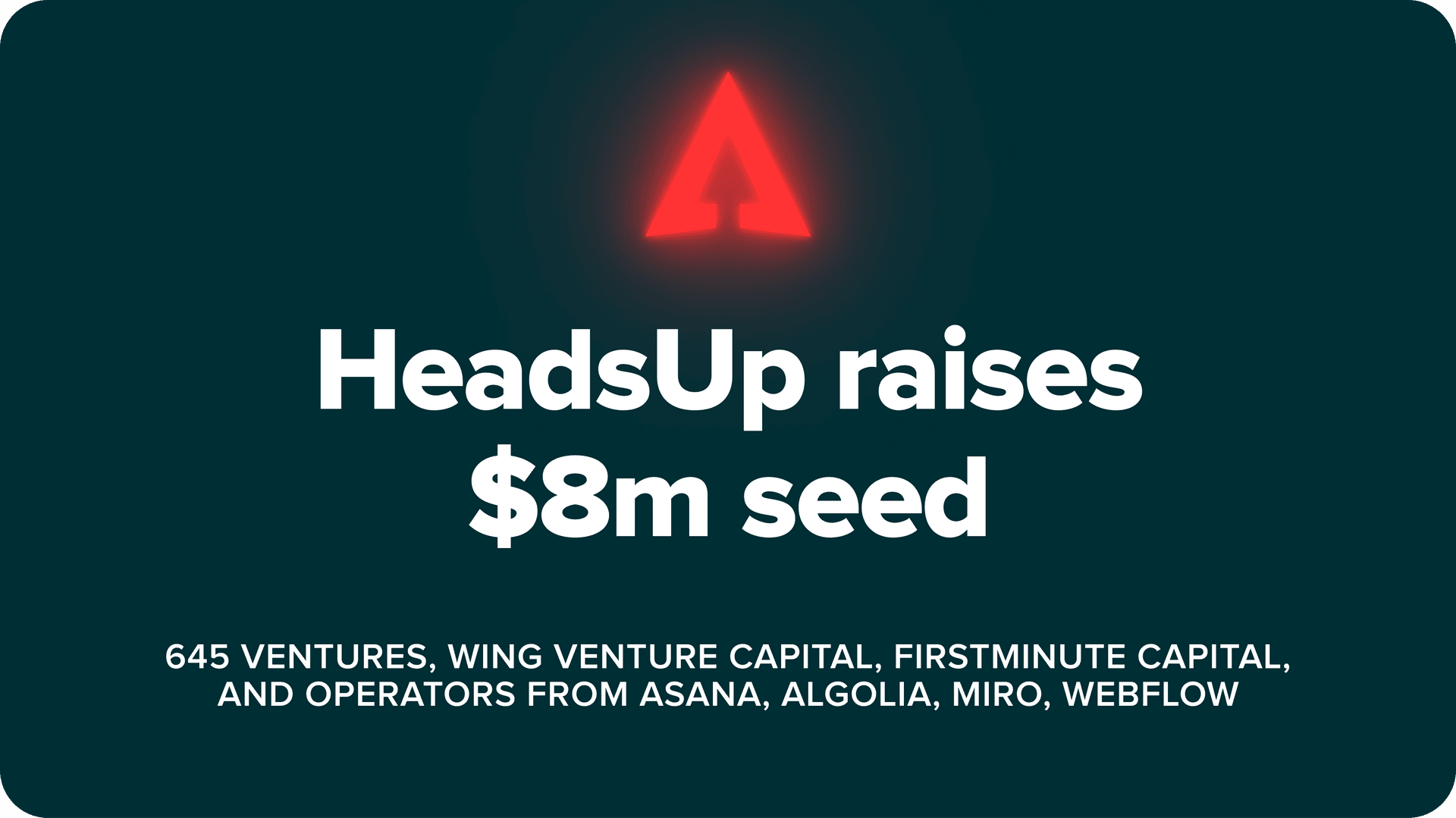It’s 2021. Software is eating the world, and Product-Led Growth is eating enterprise software.
With Product-Led Growth on the rise, the concept of a Product Qualified Lead (PQL) has also become more and more talked about. If you are a revenue leader at a PLG company, finding out more about PQLs and what you should do with them is probably on your to-do list. And if it isn’t, it probably should be.
This guide is a series of blogposts that will cover all you need to know about Product Qualified Leads, including:
1. What is a Product Qualified Lead
2. Why the PQL matters
3. How you should define and identify PQLs
4. How to use PQLs to improve your sales and revenue outcomes (coming soon)
5. How to improve your PQL definition over time (coming soon)
To be sure not to miss out on the latest post, sign-up for our newsletter at the top of this page
What is a Product Qualified Lead?
PQLs are potential customers who are already using your product, and using the product in a way that suggests they are getting meaningful value out of it. It’s especially pertinent for Product-Led Growth companies, as these companies tend to have a lot more users within their free trial or free product.
Each time a Slack or Zoom user takes an action, (e.g., clicking a button, inviting a team member) that action is logged. Seeing how each customer uses the product helps PLG companies determine if that user is a Product Qualified Lead.
Here are some examples of how top PLG companies have defined product qualified leads.
Why is a Product Qualified Lead important?
Product Qualified Leads are important because they are highly useful for PLG companies when determining which customers they should focus on. PQLs represent the customers that are the most ready to buy your product.
If you are in a PLG company, you typically have thousands, if not millions of customers using your product or your free trial. Who should you focus on to convert the most free users, or to upsell users to your more premium products?
PQLs help you answer that question. They are the customers your sales teams should be spending time closing.
You wouldn’t want to hard-sell customers who are still exploring the product and have not made up their minds. These customers should be approached differently and nurtured. Otherwise they might even be put off by a direct sales pitch. Similarly, you don’t want to neglect customers who are actually getting value from the product. Wait too long, and they might lose interest.
PQLs are customers who are in the optimal mindset for making a purchase. The goldilocks customer. They are not too hot or too cold – it’s neither too soon, nor is it too late to approach them.
It is also worth understand the difference the PQL vs MQL vs SQL. As well as how the PQL is replacing the Marketing Qualified Lead (MQL) in many PLG companies.
How do you identify a PQL?
Identifying PQLs requires you to come up with a good internal definition for what a PQL looks like. The examples of Slack and Dropbox above are well-defined PQLs.
We wrote a detailed guide on how to define your Product Qualified Lead. Below is a summary of the 3 main steps.
- Fit: You have to make sure the user and the organisation they belong to fit well into your Ideal Customer Profile (ICP). You should use demographic and firmographic data for this.
- Value: Your lead should derive high value from the product. The value component comes from when a user truly understands why they might need your product, and how it solves a problem they face. It is similar to the ‘Aha’ moment that is oft-mentioned in product management. This comes from your product usage data.
- Intent: Your lead must indicate interest on some level for either purchasing or wanting to initiate a conversation with your sales reps. Examples can include trying to click on a premium feature they don’t have access to, or visiting the pricing page.
To find out more on the different types of PQLs, and whether a PQL is binary, check out this post.
How to put your PQLs to work
Once you have identified your PQL, you will have to actually bring it across the line by operationalizing it. This would mean surfacing the PQLs you identify to your sales, marketing, and growth teams. These revenue professionals should already have a deep understanding of your PQL definition, and be ready to act on them by pursuing these high-impact leads.
Separately, sellers and marketers would also have another approach for nurturing other customers to become PQLs.
One way to easily present PQLs to your revenue teams is by using a tool like HeadsUp. If you wish to roll up your sleeves and build such a system yourself, you can check out our guide on how to build a PLG CRM.
Collecting, processing, and then visualizing all this data is no mean feat. You’ll probably have to rely on a range of tooling to get it done. The good news is that there is new best practice tech stack with tools built for the product-led growth go-to-market team in mind (aka the “PLG GTM stack”).
Improving and fine-tuning your PQLs over time
Your job isn’t done once you have set all this up. To make sure you continuously learn from your data, you’ll have to build feedback loops between the day-to-day users of your PQLs and the people who are in charge of defining and identifying PQLs.
This involves:
- Setting up the system so that it can learn from user inputs from your go-to-market teams
- Training your go-to-market teams to watch out for signs of whether your PQLs are working
Deploying PQLs into your Product-Led GTM motion may sound tedious. If you’re still trying to figure it all out, know that there’s a light at the end of the tunnel and it will all be worth it when you see your conversion rates going through the roof. For more detailed tips and tricks on how to set them up for your Product-Led revenue teams, stay tuned to our blog by subscribing below. And we’re always here to help.


